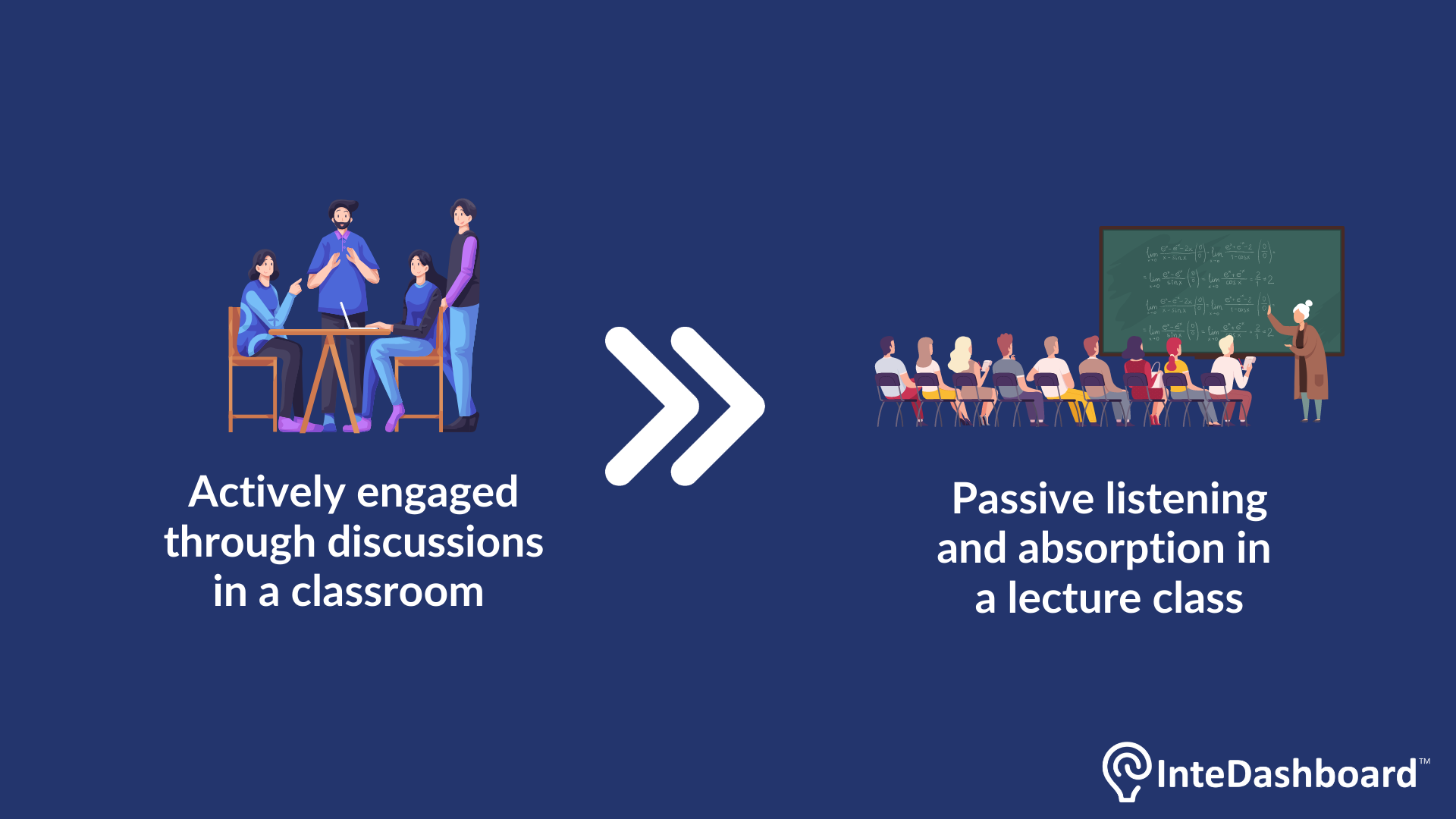Students may not be the best judges in applying the most effective learning methods. They are naturally more concerned with grades, so their learning practices tend to develop as an effort to maximize them and not for improving actual learning.
Students often believe attending lectures is the most efficient way to learn the material. However, that is a passive learning activity; students receive information from the instructor and internalize them without further reflection or feedback. They may think they have understood the lectures, but in reality – they might not have. When asked to solve problems, they might discover a lack of comprehension of the concepts. This experience is called the illusion of learning (also known as ‘illusion of knowing’ or ‘illusion of competence’).

Students’ perception of learning strongly influences their approach to learning and the quality of their learning outcomes. Thus, educators should spend time with their students to explain to them how learning works.
How do students learn?

Students learn more through being actively engaged in the classroom than in a passive lecture environment. However, many students react negatively toward active learning styles due to the disfluency they experience in a cognitively demanding environment. To get more positive reactions from students in active learning classes, educators may explain that disfluency is desirable for effective learning by explaining the concept of cognitive disfluency.
Cognitive disfluency essentially describes the idea that people process information differently – some information is easy to understand (fluency), and some require more effort (disfluency).
The problems that students need to solve in active learning classes tend to have a higher disfluency. When students experience increased cognitive effort to solve these problems, they take that effort to signify poorer learning (Deslauriers, McCarty, Miller, et. al., 2018).
However, recent studies have demonstrated that when a problem is disfluent, people adopt a more deliberate processing strategy (Alter, Oppenheimer, Epley, & Eyre, 2007). This allows students to develop greater problem-solving skills and be able to retain information better. Thus, disfluency may be a desirable difficulty that can improve student learning.
How to achieve optimal learning environments?
Using an active teaching and learning method – such as team-based learning – will benefit students far more than passive listening and absorption in a lecture class.

Team-based Learning (TBL) promotes learning strategies that can create powerful learning environments (Simkins, Maier, and Ruder, 2021). Head to our blog post here to learn more about these learning science strategies.
In a TBL module, educators can easily employ interleaving as a teaching technique to foster deeper learning among students. Interleaving is a learning technique that involves mixing different topics or forms of practice to facilitate learning. Students can store information more deeply as interleaving can challenge them to learn in adaptive ways instead of relying on muscle memory (Nguyen, 2021).
Students experience the interleaving process during the application component of team-based learning. They need to apply the various knowledge that they have learned to solve the application questions with their team members. Thus, team-based learning is one of the effective methods that educators can adopt to achieve optimal learning environments.
All in all, it would be useful for educators to share these at the start of the semester with students so that they can better understand the processes that can result in the most effective learning and help to get student buy-in.
To learn more about students’ perception of learning, check out Robert K. Kamei’s book on Strategic Learning: A Holistic Approach to Studying. We, at InteDashboard, also conduct workshops on Learning Sciences behind Team-based Learning in collaboration with Dr. Kamei to explain to educators and students on how students learn.
Interested to join us for the workshop? Fill out our interest form here and we will be in touch with you soon.
Want to find out more about team-based learning? Schedule a one-to-one meeting with us here.







